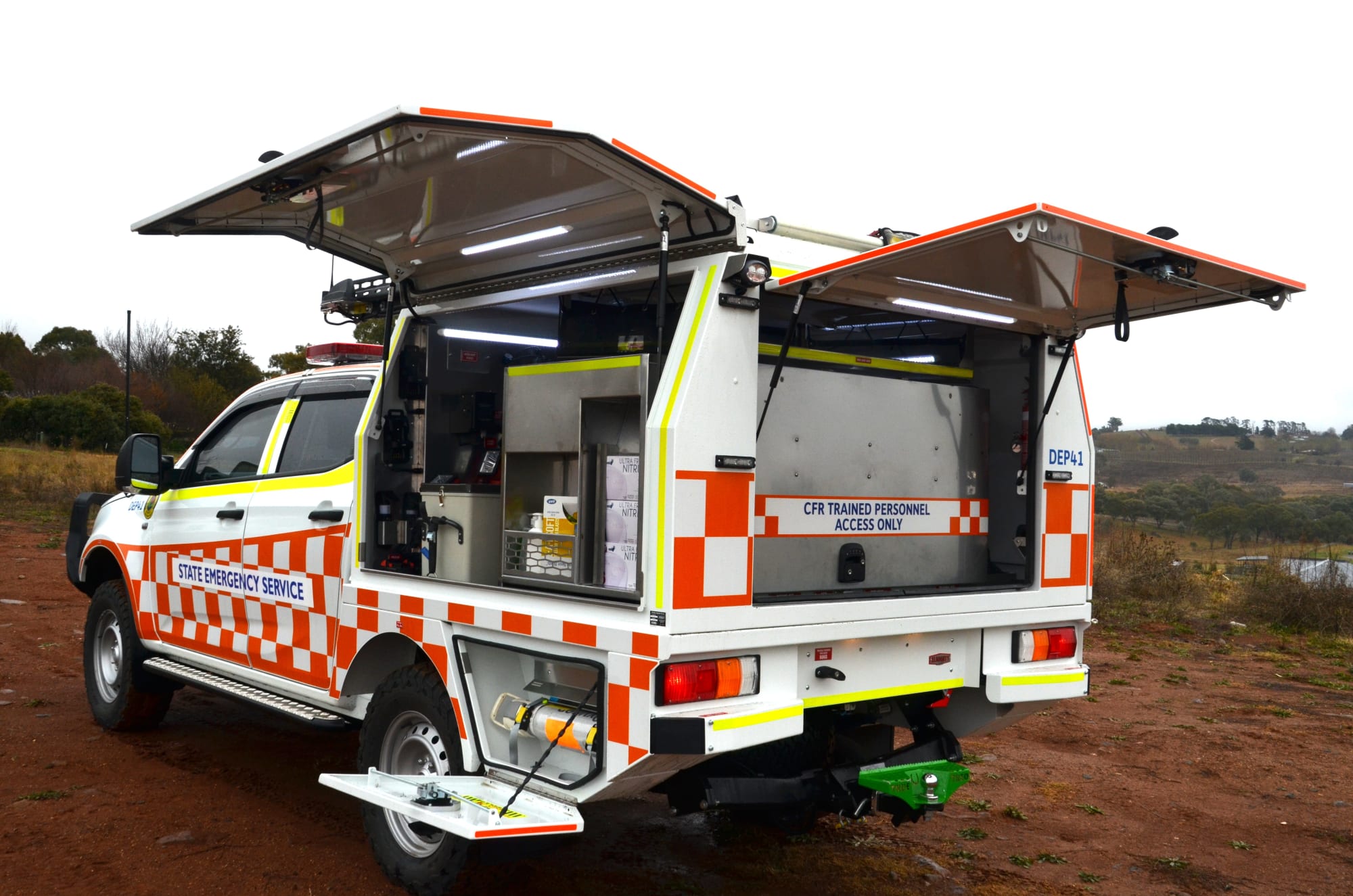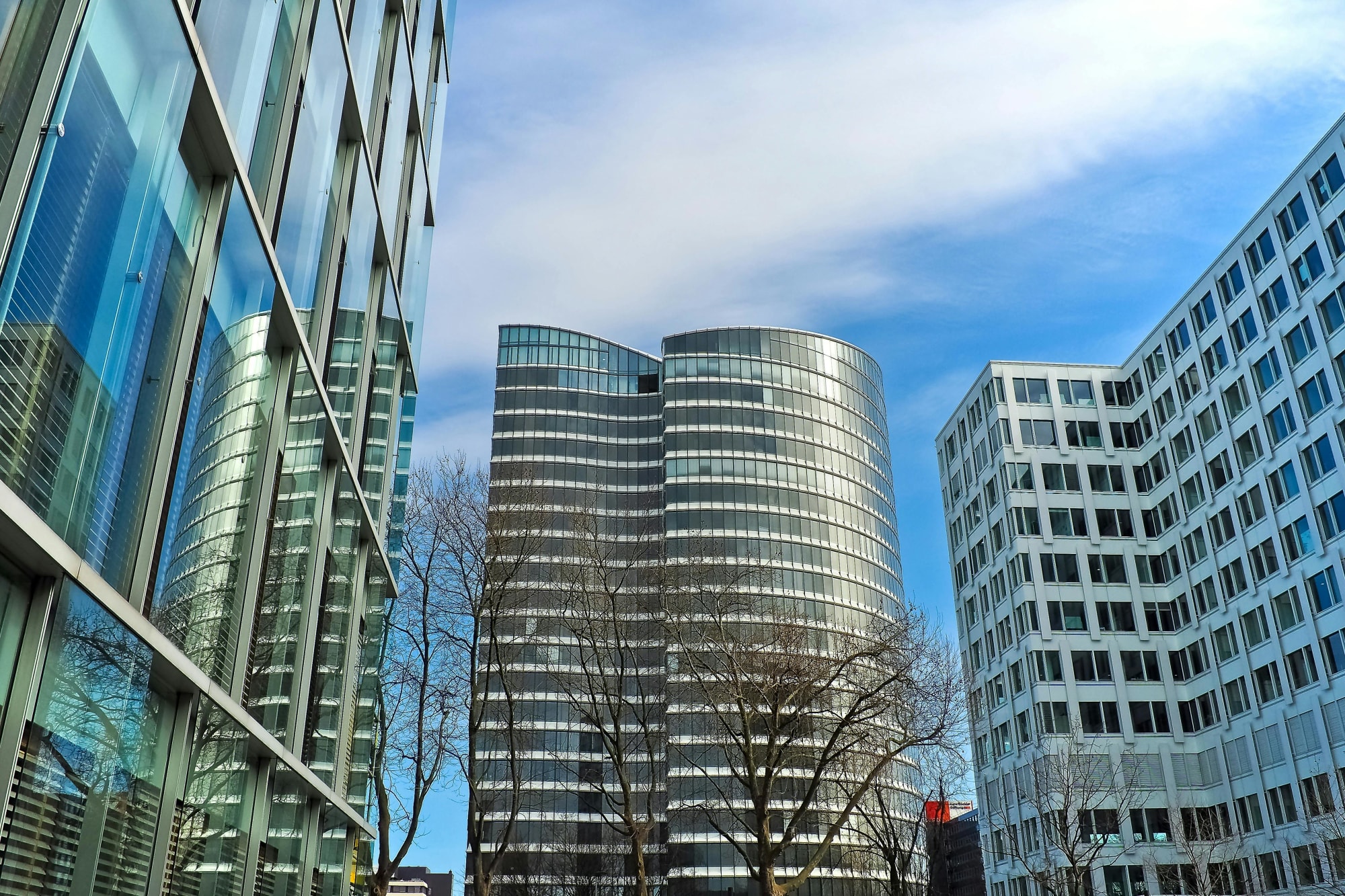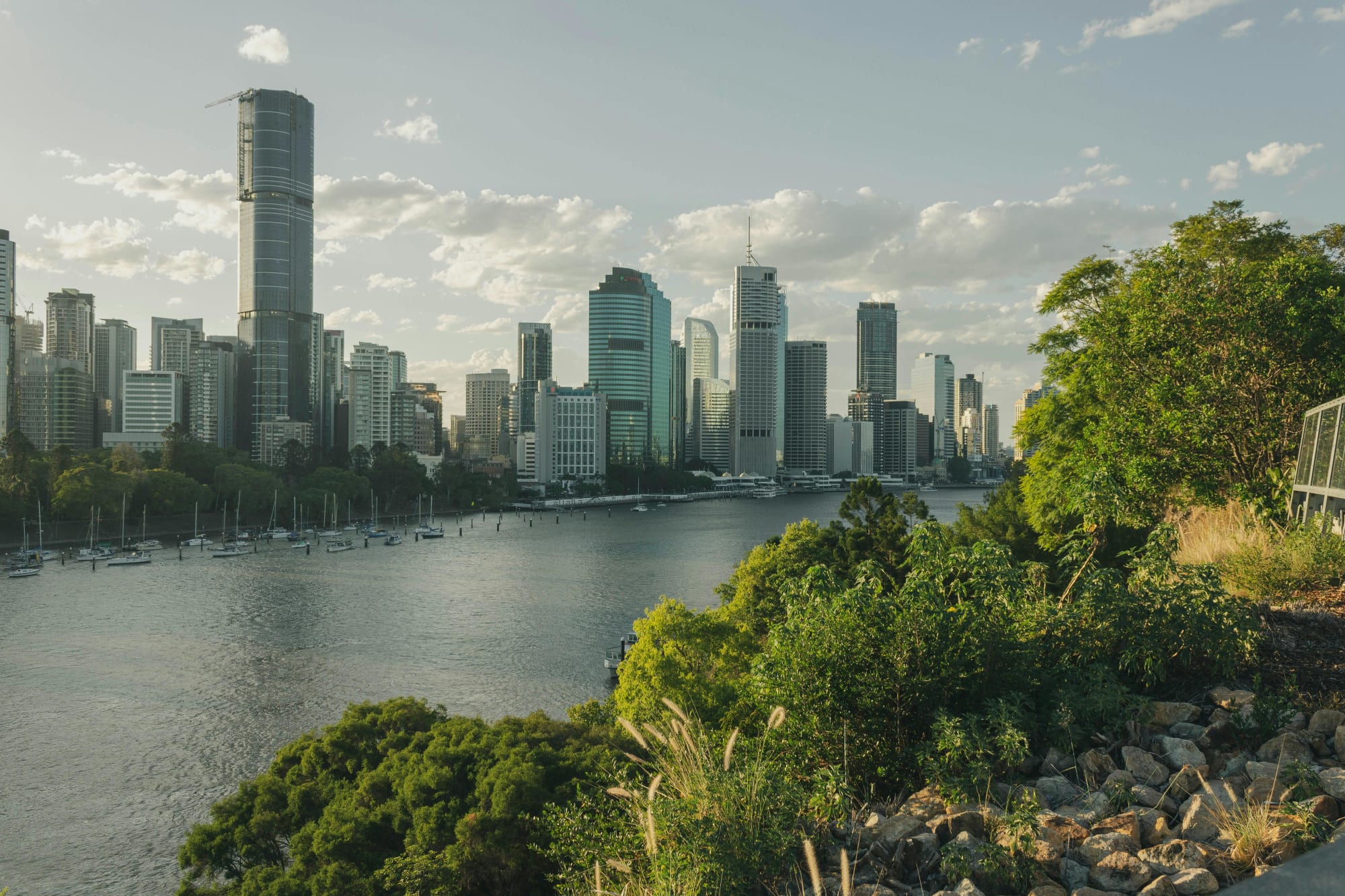Invest
Coalition commits to climate resilience as new report bares shocking cost of inaction
Invest
Coalition commits to climate resilience as new report bares shocking cost of inaction
Australia has announced that it is joining 118 countries in signing two global initiatives to plan for the risks associated with climate change, as a new report reveals the cost of extreme weather in Australia has almost doubled since the 1970s to reach $35 billion over the past decade.
Coalition commits to climate resilience as new report bares shocking cost of inaction
Australia has announced that it is joining 118 countries in signing two global initiatives to plan for the risks associated with climate change, as a new report reveals the cost of extreme weather in Australia has almost doubled since the 1970s to reach $35 billion over the past decade.

Australia has told the Climate Adaption Summit on Australia Day that they will join the “Call for Action: Raising Ambition for Climate Adaptation and Resilience” after the UK initially signed up more than 118 countries in 2019.
As part of the agreement, Australia has committed to a resilient futures by putting climate risk at the centre of decision making in three key areas:
- Acting now to respond to immediate climate impacts and to support the most vulnerable members of society;
- Building resilient futures by putting climate risk at the centre of decision making; and
- Urgently increasing the availability of adaptation and resilience finance.
Australia will initially invest $12.9 million to establish Climate and Resilience Services Australia, a new capability that will connect and leverage the Commonwealth’s extensive climate and natural disaster risk information to further prepare for and build resilience to natural disasters.
But while Australia was announcing its next steps on climate change, the Climate Council's new Hitting Home: The Compounding Costs of Climate Inaction report revealed that climate change impacts and sea level rise could cost the Australian economy $100 billion every year.

According to the report, not only will the economy suffer, but by 2100 annual deaths from extreme heat worldwide will outstrip all COVID-19 deaths recorded in 2020.
Addressing the virtual summit hosted by the Netherlands this week, Environment Minister Sussan Ley said that Australia is committed to working with the international community and traditional owners to act and adapt to an already changing climate.
“Climate adaptation is about taking practical actions to help our environment, our communities and our economy deal with the impacts of climate change that are already taking place,” she said.
“We are focused on the steps we can take now and in the future to create a more resilient Australia.
Australia will also commit later this year to the Coalition for Climate Resilient Investment (CCRI) proposed under the UN climate change conference in Glasgow, designed around putting the tools and know-how into the hands of the investment community and ensuring the infrastructure we build is fit for future climate conditions.
The CCRI is a finance sector-led initiative bringing together over 75 institutional investors, banks, insurers, rating agencies and governments, representing over US$10 trillion in assets, to address climate resilience challenges.
Minister Ley said the nation is deeply committed to collaboration that accelerates adaptation to protect our communities and our planet.
“We are joining global partnerships and taking the lead in building resilient communities,” Minister Ley said.
“Climate adaptation is about taking practical actions to help our environment, our communities and our economy deal with the impacts of climate change that are already taking place.
The Investor Group on Climate Change (IGCC), which represents local institutional investors, welcomed the government’s move. The group is also a supporting institution of the CCRI and a member of the initiative’s asset design and structuring working group.
IGCC chief executive Emma Herd said worsening natural disasters across Australia, including the intensity of the 2019-20 Black Summer bushfires, were a reminder of the physical risks that climate change poses to our economy and communities.
“Federal and state governments currently spend on average $2.75 billion a year on direct recovery from disasters, but only $100 million building resilience against such events. The total economic cost of natural disasters is expected to rise to almost $40 billion by mid-century, even without consideration of the effects of climate change,” Ms Herd said.
“Developing a national strategy and mobilising private sector capital will be critical. Given the scale of the challenge, governments alone won’t be able to shoulder the load and private capital will be essential to building climate change resilience across our economy.”
About the author

About the author


Economy
Australia’s softening labour market puts another RBA cut in play — here’s what business should do now
A four-year high in unemployment has revived expectations the Reserve Bank could deliver another rate cut as soon as November. With quarterly GDP growth running at 0.6 per cent and annual growth at ...Read more

Economy
Rising CPI reinforces RBA’s stance as rate cut expectations remain: State Street
State Street Global Advisors says the Reserve Bank of Australia (RBA) is likely to hold its current policy outlook following the release of September quarter inflation data, which showed an unexpected ...Read more

Economy
NSW SES boosts tsunami preparedness ahead of World Tsunami Awareness Day
As World Tsunami Awareness Day approaches on 5 November, the New South Wales State Emergency Service (NSW SES) is ramping up efforts to enhance tsunami preparedness along the east coastRead more

Economy
Lifesaving Regional Response Strengthened with New NSW SES Vehicles
In a significant boost to regional emergency services, the NSW State Emergency Service (SES) has unveiled 11 new Community First Response (CFR) vehicles, designed to enhance the speed and safety of ...Read more

Economy
Australia's June quarter GDP growth driven by consumer and government spending
Australia's economy has shown unexpected resilience in the June 2025 quarter, with household and government consumption driving growth despite a significant decline in public investmentRead more

Economy
Australia's GDP surprise is real but operators should heed the growth mix warning light
Australia’s June-quarter growth beat expectations on the strength of household consumption and government spending, even as public investment sagged. The upside surprise signals resilience, but the ...Read more

Economy
Households carried the quarter: what Australia’s upside GDP surprise means for strategy now
Australia’s economy expanded faster than expected in the June 2025 quarter, with GDP up 0.6 per cent quarter-on-quarter and 1.8 per cent year-on-year — the strongest pace in two years. The kicker ...Read more

Economy
Inflation dynamics in Australia: Electricity subsidies and labour market in focus
In a recent economic analysis, experts from State Street have highlighted significant developments in Australia's inflation landscape, attributing the changes primarily to the withdrawal of ...Read more

Economy
Australia’s softening labour market puts another RBA cut in play — here’s what business should do now
A four-year high in unemployment has revived expectations the Reserve Bank could deliver another rate cut as soon as November. With quarterly GDP growth running at 0.6 per cent and annual growth at ...Read more

Economy
Rising CPI reinforces RBA’s stance as rate cut expectations remain: State Street
State Street Global Advisors says the Reserve Bank of Australia (RBA) is likely to hold its current policy outlook following the release of September quarter inflation data, which showed an unexpected ...Read more

Economy
NSW SES boosts tsunami preparedness ahead of World Tsunami Awareness Day
As World Tsunami Awareness Day approaches on 5 November, the New South Wales State Emergency Service (NSW SES) is ramping up efforts to enhance tsunami preparedness along the east coastRead more

Economy
Lifesaving Regional Response Strengthened with New NSW SES Vehicles
In a significant boost to regional emergency services, the NSW State Emergency Service (SES) has unveiled 11 new Community First Response (CFR) vehicles, designed to enhance the speed and safety of ...Read more

Economy
Australia's June quarter GDP growth driven by consumer and government spending
Australia's economy has shown unexpected resilience in the June 2025 quarter, with household and government consumption driving growth despite a significant decline in public investmentRead more

Economy
Australia's GDP surprise is real but operators should heed the growth mix warning light
Australia’s June-quarter growth beat expectations on the strength of household consumption and government spending, even as public investment sagged. The upside surprise signals resilience, but the ...Read more

Economy
Households carried the quarter: what Australia’s upside GDP surprise means for strategy now
Australia’s economy expanded faster than expected in the June 2025 quarter, with GDP up 0.6 per cent quarter-on-quarter and 1.8 per cent year-on-year — the strongest pace in two years. The kicker ...Read more

Economy
Inflation dynamics in Australia: Electricity subsidies and labour market in focus
In a recent economic analysis, experts from State Street have highlighted significant developments in Australia's inflation landscape, attributing the changes primarily to the withdrawal of ...Read more








